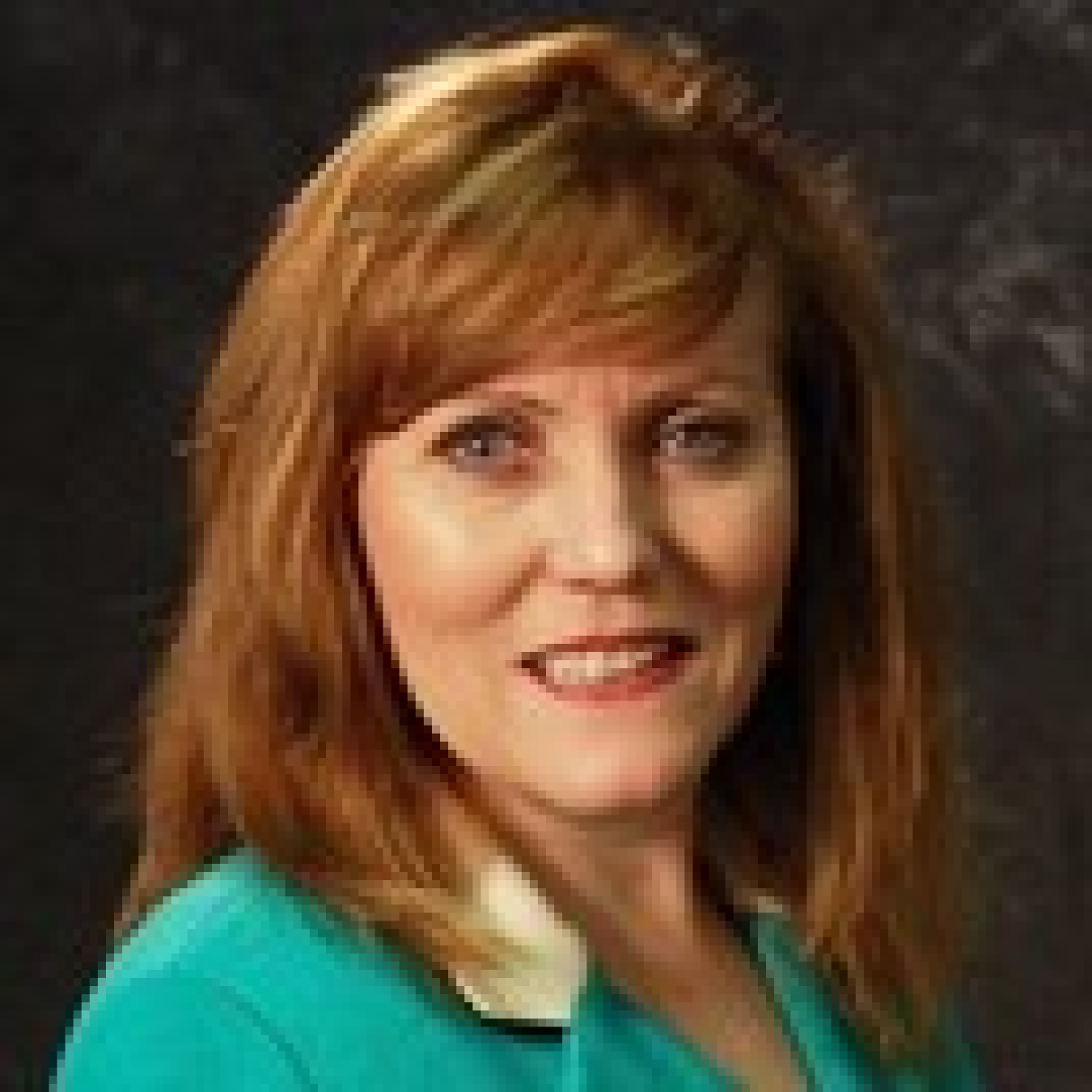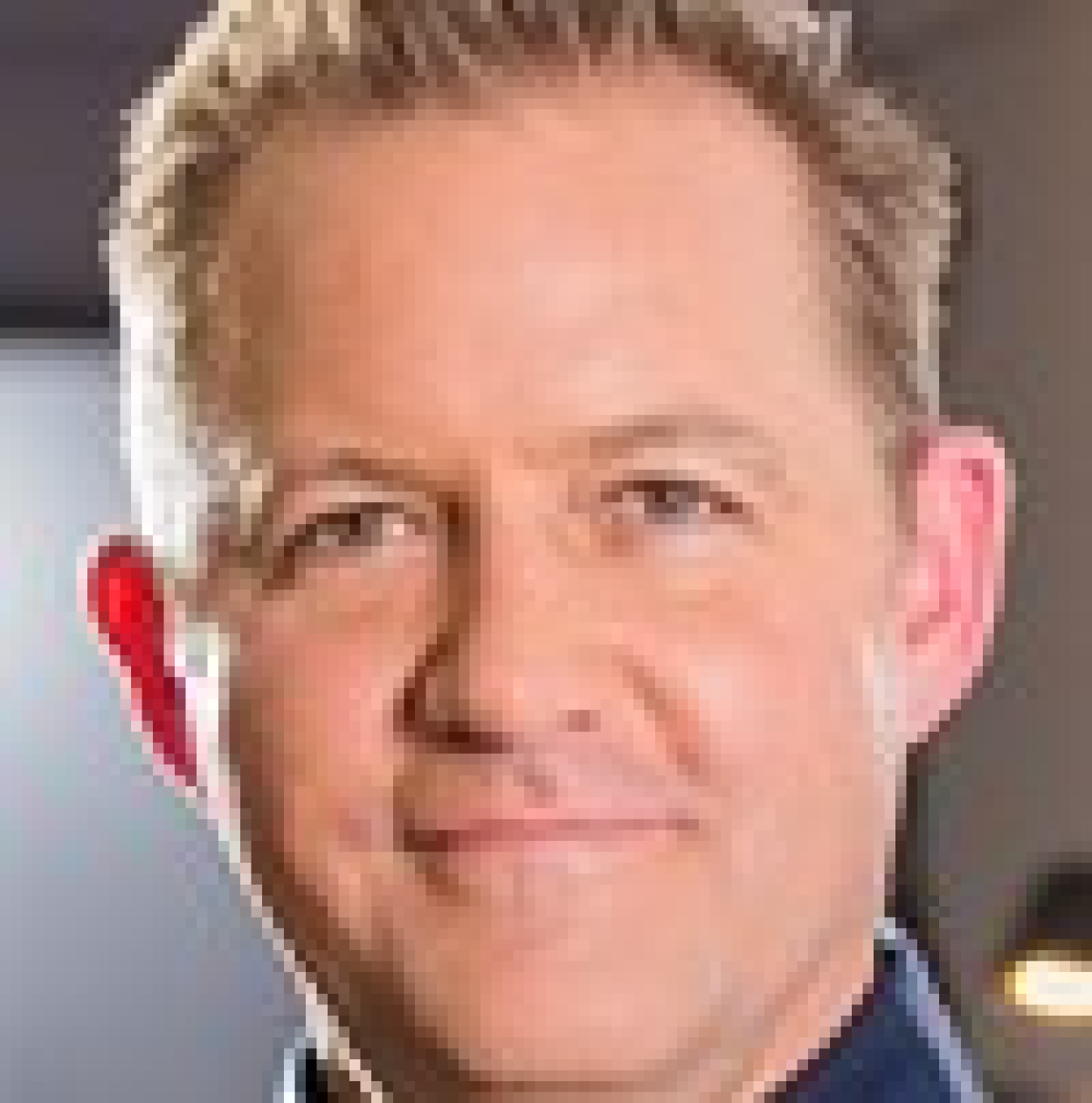EAC Member Spotlight Series #7 on Sharon Allan and David Herlong
January 29, 2021This summer, the U.S. Department of Energy (DOE) announced the new and returning members of the Electricity Advisory Committee (EAC), which advises DOE on electricity resilience, reliability, security, interdependency, and policy issues. In a new series of posts, we hear from the members of the EAC to learn more about their backgrounds, their predictions for the future of the electric grid, and their advice for young professionals in the energy space.
This week we are highlighting EAC members Sharon Allan of the Smart Electric Power Alliance (SEPA) and David Herlong of the Florida Power & Light Company.
Sharon Allan, Smart Electric Power Alliance

Q: In your view, what is the biggest challenge facing the electric grid today?
Navigating to NetZero by 2050 will need our industry to be thoughtful about the transition so that we do it in a manner that is reliable, safe, and economic. We must work hard to commercialize new technologies that provide stable baseload options that work in conjunction with renewable intermittent generation. We must invest in infrastructure to handle the change as well as harden our existing grid against natural disasters. Our economy depends on having reliable power and our efforts to ensure our grid is both reliable is resilient is key.
Q: What new developments excite you about the future of energy?
I’m excited about the ability for energy storage to firm up renewables, as well as provide grid services. Electrification will also play a big role. Transitioning fleets and enabling electric vehicles and buildings will play out by region, but with both these changes comes new software and solutions for monitoring and control. More communication with field devices opens the door for greater situational awareness and new ways to plan, monitor, and control. Commercialization of new technologies will impact our future, whether that is hydrogen or some other renewable gas or direct capture of carbon dioxide.
Q: The EAC is an important part of DOE's outreach. What benefits do you see from DOE's efforts to work with outside groups?
It is important for DOE to understand the end users, delivery companies, and market participants so they get a 360-degree view of the system and challenges. When you look at any one company’s research and development budget, one can quickly conclude that investments are not sufficient to foster the innovations needed. It is DOE’s funding and resources that help foster the innovations and commercialization of technologies that will help our industry in this transition.
Q: What is something surprising people do not know about you?
I was born in Tripoli, Libya as my father was in the military. I think all the travel I did growing up made me resilient
David Herlong, Florida Power & Light Company

Q: In your view, what is the biggest challenge facing the electric grid today?
We must quickly bring the digital revolution in energy delivery to the masses and develop higher resiliency standards all while keeping to our core mission of providing safe, affordable, and reliable energy.
Q: What advice do you have for a young person considering a career in the electricity industry?
The industry that all others depend on has such a big opportunity to change the world for the better. Advances in energy delivery and generation will help leverage the world’s largest machine (the grid) to create the internet of energy.
Q: The grid has evolved significantly in the past century. What do you expect from the Grid of 2100?
A grid where people cannot imagine that we used to only have a one-way pipe to push electrons and deliver energy. Nor can they imagine that unplanned outages and mother nature could create energy related interruptions. They’ll have come to expect a grid that delivers on its promise of safe, affordable, and reliable energy to all customers at all times. This grid will be able to take advantage of unique and differing sources of energy and bring everyone the benefits.
Watch this space for more profiles of the members of the Electricity Advisory Committee
Each profile above represents the member’s own thoughts and does not reflect the position of DOE.

